Visit the Evidence Files Facebook and YouTube pages; Like, Follow, Subscribe or Share!
Find more about me on Instagram, Facebook, LinkedIn, or Mastodon. Or visit my EALS Global Foundation’s webpage page here.
Hello everyone, I am back. Now well-rested and fully restored, I am engaging in a new chapter for the next little while. I am in the Western Hemisphere for now, so my first article is a reflection on the travels I took to arrive here. In the next several installments, I will resume my 3-4 day posting schedule, but some of those will include much more complex investigations into topics of particular interest to me. As I mentioned in my last post, please consider commenting on or liking posts here on this platform. Any and all feedback is greatly appreciated. Thanks! It’s great to be back!
Introduction
I am not afraid of flying as some are; I love it actually. Air travel remains mile-for-mile safer than any other. Fatal crashes are so rare that one could fly every day for 10,000 years before reaching the statistical probability of ending up in one. Modern aircraft exhibit the engineering brilliance of the human species when we put our collective minds to it. Likewise, I’m not afraid of dying. I nearly drowned as a kid, and faced many life-and-death scenarios over my many lives. We all make daily life choices that require a risk-benefit analyses, even if we don’t really think about it, like getting into an automobile (far more dangerous than a plane, by the way!). In my view, life is interesting, but only insofar as it remains at tangible risk—but even if you disagree with that notion, flying represents a vastly lower danger compared to many of our other daily options.
With Boeing’s negligence so upfront in the news lately, and reported by me here, I wanted to highlight why it is very unusual for fatal incidents to happen at cruising altitude. People who fear flying tend to think about “dropping out of the sky,” but the chances of that are so infinitesimally small that it should not even enter the mental equation. In fact, the moment of greatest danger when sitting in an airplane is when it is touching the ground anywhere at an airport. Second to that is the thousand feet of flight right before landing or right after takeoff. For that reason, my advice to you is to put your seatbelt on the moment you board and keep it on for the duration of the flight except when you need to get up for whatever reason.
Big Trouble for Boeing
Visit the Evidence Files Facebook and YouTube pages, which includes the latest podcast episode; Like, Follow, Subscribe or Share! Terror at 15,000 Feet On January 5, 2024, a Boeing 737 Max-9 operated by Alaska Airlines Flight 1282 suffered a mid-flight
High Altitude Events
Aerospace engineering has made crashes from high altitudes almost non-existent. Even the biggest, heaviest airliners can glide hundreds of miles from sufficient altitude under command of a skilled flight crew. Check out my story on the Gimli Glider (below) that ran out of fuel at 41,000 feet, and landed without a single fatality, as the exemplary. British Airways Flight 009, a Boeing 747-200, inadvertently flew through a volcanic ash cloud at 37,000 feet in the middle of the night in 1982 (weather radar back then could not ‘see’ this kind of material). The ash choked out all four of the massive jet’s engines. Maintaining a glide for about 17 minutes, the crew managed to relight two of the four engines after multiple attempts; the others were permanently damaged. Additionally, the windscreen had become mostly smeared with ash. Despite all this, they limped the stricken jet to Jakarta, landing in near blind conditions, saving the aircraft and everyone aboard. A lower altitude example of a successful glide-landing occurred when Captain Chesley (“Sully”) Sullenberger III safely put an Air Bus A320 into the Hudson River with no engine power in New York City, in January 2009. He saved everyone on board—an event later called the “Miracle on the Hudson.” These types of incidents happen more often than you might think, but rarely lead to casualties.
In fact, Air France 447 may be the only accidental example of a plane that fell from very high in the sky in the last several decades, out of millions upon millions of flights. That incident resulted from a confluence of circumstances for which the flight crew was unprepared and thus they did not properly respond to save the aircraft. Only 4.7% of all fatal air incidents (including cargo flights) between 2005 and 2023 occurred during the cruise stage (at or above 10,000 feet). From 1959 to 2022, fatal accidents with hull loss among the current most commonly used aircraft types comprised just 93 incidents, and 95% of those occurred below the cruise stage. In other words, over the last half century, only a tiny handful of crash events of passenger aircraft started or occurred above 10,000 feet among planes still flying passengers today. Although vanishingly rare, a few of these high-altitude incidents involved the plane breaking apart mid-air. Of these, examples include Copa Airlines Flight 201 (Boeing 737-204) that lost its attitude and broke up over the Darién Gap above the Colombia–Panama border in 1992; the infamous Pan Am Flight 103 (Boeing 747) that blew apart from a bomb over Lockerbie, Scotland in 1988; and Malaysia flight MH-17 (Boeing 777-200ER), which purported Russian terrorists shot down in 2014. Two involved mid-air collisions: United Airlines Flight 736 (Douglas DC-7) in 1958, and BAL Bashkirian Airlines Flight 2937 (Tupolev Tu-154) over Germany in 2002. Since 2000, there were no fatal incidents of passenger aircraft breaking up or colliding at altitude aside from BAL 2937, if you exclude purposeful attacks. **Note, “commonly used aircraft” here refers to those aircraft types currently in use among the majority of airline companies whose cruise can reach at least FL200 and seat more than 12. These include Boeing (737, 747, 777, 787), Airbus (A319, A320, A321, A330, A350, A380), and smaller commercial craft like the De Havilland Dash-8, ATR-72, CRJ, and Embraer (170s and 190s), among a few others. Also, pilot suicides were excluded in these numbers.
A Legendary Performance
Except as noted, all information in this article comes from the Final Report of the Board of Inquiry, of October 12, 1983. Air Canada Boeing 767-200 On July 23, 1983, one of the most remarkable events in the history of aviation occurred involving Air Canada Flight 143. Flying a
Affect on the Passengers
Evidence suggests that in most high altitude emergencies, passengers rarely know of a problem unless and until the emergency landing is imminent or the disaster culminates in total loss. This is partly because pilots rightfully keep that information to themselves while they work out the problems, and few passengers have any idea how commercial jets work (preventing them from noticing anomalies). Furthermore, humans are extremely inefficient at sensing spatial distortions (such as a plane banking steeply or even diving) especially in the dark, so objectively erratic flight movements often remain undetected amongst passengers. Since we are discussing high altitude flight, we are primarily talking about planes operating above flight level 24,000 feet (FL240), or so. This is generally the lower end of the typical cruising altitudes for most commercial flights—short flights tend to reach around 24 - 27,000 feet, while long distance flights usually range from 27,000 to 41,000. The atmospheric air above around 10 to 12 thousand feet contains fractionally less oxygen than at sea level. For every additional thousand feet upwards, the ability of humans to breathe reduces significantly. At heights exceeding 29,000 feet, most people succumb to hypoxia in seconds to minutes. Hypoxia leads to symptoms ranging from confusion to unconsciousness, and eventually death. Without supplemental oxygen, most people will begin to lose consciousness very quickly upon any form of decompression of a commercial aircraft at cruising altitudes.
This happened on Helios Flight 522 in Greece, in 2005, on a Boeing 737-300. Fighter jets scrambled when the plane flew past its destination airport, never once descending, changing course, or communicating with air traffic control. The military pilots confirmed that everyone inside appeared unconscious except flight attendant Andreas Prodromou (identified later), who was trying to take control of the aircraft. By then, unfortunately, its engines had begun flaming out from fuel starvation. The fighter pilots helplessly watched as the fuel-less plane ultimately crashed into a hill outside of Athens. The Helios pilots had mistakenly never pressurized the aircraft before departure, so as it climbed to its cruising altitude (around 34,000 feet), passengers and flight crew alike eventually passed out. Changes in the design of airliners after this incident led to several safety protocols that assure that the aircraft initiates pressurization before it leaves the ground. Now, pilots must actively disable pressurization rather than manually commence it.
A particularly nefarious feature of hypoxia that played a role in the Helios flight is that when slowly entering oxygen depleted air, victims tend not to notice the effects because a key element of the condition is the rise of a sort of mind fog that quickly devolves into complete confusion. It is akin to the proverbial lobster being slowly boiled in a pot; the lobster never notices and thus never tries to escape. How Prodromou maintained consciousness on the Helios flight remains a mystery—though people have differing levels of resistance based on a variety of biological factors. Because the Helios 737 was in autopilot mode, it simply continued along its heading until the fuel ran out. Other than Prodromou, no one aboard knew what befell them.
Pilot Reactivity
As mentioned, absent a sudden catastrophic disintegration, all commercial jets have glide capabilities allowing flight crews to guide them to the ground even with no thrust power. Aircraft manuals include optimal attitude specifications to maximize the distance a plane can travel without power. Many commercial pilots also have training or experience as glider pilots—meaning they purposely fly vessels with no power source at all—so they can transfer those skills even to a massive jet like a 747 in the event an emergency occurs. Airlines also train heavily on CRM—Crew Resource Management. Studies of accidents over the earlier decades of aviation repeatedly found that crews’ inability to respond appropriately to emergency situations played a far greater role in bad outcomes than did the predicating problems. CRM focuses on training flight crews to capitalize on their knowledge, skills, communication, situational awareness, problem solving, decision making, and teamwork.
The Miracle on the Hudson showed exemplary CRM. Captain Sully was the more experienced and skilled pilot, and had training as a glider pilot. It made the most sense for him to fly the plain that suddenly was without power at low altitude. He also gave the updates to ATC as needed while his co-pilot, Jeffrey Skiles, conducted every checklist possible to try and restore power or otherwise mechanically improve the situation. Once every checklist was exhausted and their glide time was nearly finished, the two pilots even turned to one another and asked if either had any “other ideas”? This flight crew saved 155 people simply by putting their expertise, training, and knowledge to maximum application.
So what are the general protocols for systems losses at altitude? While every situation will vary depending on any number of factors—location, weather, aircraft type, cause of loss, etc.—pilots follow certain standard procedures. These are some of them in no specific order.
Information
Modern commercial jets’ displays provide pilots with meticulous information about all the critical systems on the aircraft. It is for this reason why the flight deck looks like the control room of a super computer. Here are a few examples:
Educational depiction of display panel for the Airbus A320 provided by pmflight.co.uk
Photographic image of the Boeing 777 flight panel; source: AA flight attendant Stephen Gould @Aperture Photography.
Flight deck of a Boeing 747-8; source: Wikimedia Commons.
Airbus ECAM system display; source: V-Prep
Different aircraft have varying displays, but all seek to accomplish the same goal—to provide operational personnel the necessary information to ensure the safety and continuity of the flight. Every commercial aircraft contains a QRH—Quick Reference Handbook—for pilots. Airbus models use the ECAM—Electronic Centralized Aircraft Monitor—which serves both as a diagnostic center and QRH for pilots. Whenever any anomaly happens midflight, pilots refer to the QRH or ECAM for what to do. Aerospace engineers spend a lot of time thinking of anything that might happen to an aircraft and then develop checklists for how pilots should respond. For quickly developing emergencies, pilots are required to know certain steps in those checklists by heart—referred to in the industry as “memory items.” This allows an immediate response to a situation to limit the emergency until such time as the crew can dive into the details by conferring with the formal checklists.
QRH checklist for responding to an engine failure; source: askthepilot.com
A remarkable thing about the aviation industry is that every single reported incident contributes to reevaluations of procedures and protocols. The QRH, ECAM, training, and engineering constantly evolve based on lessons learned from any unexpected occurrence, even ones that do not result in injury or death. It is for this reason that most civil aviation authorities around the world utilize robust reporting procedures that do not involve punitive responses, but are instead used for issuing recommendations to airlines or manufacturers to fix problems identified by the very people operating the aircraft. Until the Boeing saga, this system worked extraordinarily well. Following the issues at Boeing, this system will likely be dramatically expanded into the manufacturing arena of aircraft design.
Mechanical Failures
When a flight crew encounters an engine failure or other mechanical issue, pilots follow the procedures outlined by the designers to correct the problem, as noted above. This may involve shutting down the affected engine and reorienting the flight to continue on just one. Relatedly, all commercial jets are capable of flying—and even climbing—on half their available engines. An engine failure on takeoff or landing, therefore, does not mean certain accident or death. While in-flight, an engine suffering some problem does not necessarily lead to permanently shutting it down. Depending on the aircraft type, pilots possess numerous options to diagnose and correct the issue and then restart the engine (if needed) and proceed as normal. In my article on the Fly Dubai incident over Kathmandu, pilots did just that after seemingly suffering a compressor stall. Because of redundancy, the failure of other systems also can typically be resolved through reorientation of onboard processes to ensure seamless operation.
Aviation Incident over Kathmandu
On April 24, 2023, some residents of Kathmandu were met by a spectacle in the sky—a Boeing 737-800 apparently on fire. Scheduled as a direct flight from Kathmandu to Dubai, Fly Dubai flight FZ576 experienced an engine problem upon takeoff from Tribhuvan International Airport (TIA). It eventually landed safely in Dubai at
Moreover, pilots are not alone in the air. Fleets of dispatchers and engineers on the ground can communicate directly with flight crews through satellite phones to assist with any issues. If, for instance, an aircraft encounters several alerts at once, or something happens that does not fit neatly into the steps provided in the QRH or ECAM, pilots can directly inquire with the very people who built the component parts. Dispatchers have at their disposal full information about the flight, everything from the cargo and passenger load, to the designated flight path and available airports along the route. They can relay any of this information to engineers or mechanics if needed. In the event of an emergency, dispatchers serve a critical role of communicating with air traffic control and airport personnel to re-route the plane to its safest destination or prepare emergency responders on the ground. In other cases, dispatchers can help coordinate adjacent air traffic if the stricken jet needs to change altitudes (such as upon an engine failure) or otherwise deviate from its planned path.
Oxygen
First and foremost, in the event of a pressurization loss, the pilots must protect themselves. It does no one in the aircraft any good if the pilots worry about the passengers and not themselves first. Thus, flight decks of commercial aircraft are equipped with “quick-don masks.” The US Federal Aviation Administration (FAA) requires that pilots have the ability to correctly apply these masks with one hand, under five seconds, even if wearing eye glasses. The On-Board Oxygen Generating System (OBOGS) supplies the flight crew with continuous breathable air, generated by engine compressor bleed air and pressurized at the correct pressure and temperature. As long as the engines continue to operate—even at idle—they will provide at least some oxygen. In a full engine loss (meaning all of them completely quit working), pilots still have supplemental oxygen that can supply them for many hours. Different aircraft types employ their own methods, but in most cases flight decks are equipped with enough oxygen to keep flight crews conscious for far longer than the intended flight times.
When depressurization occurs, passengers will see “airline drop-down” masks appear before them. These are those little yellow cup-shaped devices connected to a tube and a bag. Pulling the tube as the user dons the masks initiates a chemical reaction of sodium chlorate that provides anywhere from 10 to 20 minutes of oxygen. This is why flight attendants emphasize pulling the mask toward you when applying it—it triggers the oxygen generation process. Airlines employ this method because transporting large amounts of compressed oxygen (like one might find in scuba gear tanks) is expensive, heavy, and potentially dangerous. Because the plane’s continued operation does not depend upon the consciousness of passengers, the purpose of this system is only to prevent lasting damage or death from hypoxia. Furthermore, commercial aircraft flying at cruise altitude need only descend to around 10,000 feet to enable passengers to breathe unassisted. From 41,000 feet, this can be accomplished in just a few minutes in an emergency. In fact, upon notice of either depressurization or the dropping of the airline drop-down masks, protocol requires pilots to immediately commence a swift descent. Note that the depressurization of an airplane has virtually no effect on its mechanical operation. In other words, if those masks do drop—a frightening event, to be sure—it in no way means the flight itself is in peril.
Source: Pinterest
Conclusion
Engineers design airliners with redundancy in nearly every onboard system. This, itself, prevents most problems from threatening the safety of the flight. Still, sometimes complexities arise that test the skills of the flight crew. Extensive training and the passion of most pilots means that the overwhelming majority of passengers will find themselves in the hands of highly capable airmen or women on every flight. Additionally, the industry constantly reevaluates its policies and procedures to ensure that established protocols guarantee the greatest chances of success even in unusual and dangerous circumstances. While Boeing’s recent activities seem to threaten this paradigm, it also appears that regulators, engineers, and other members of the industry are fighting back. Unlike executives, flight and cabin crews’ own lives are regularly on the line, so they do not share the same negligent attitudes as do the corporate bean-counters. For these reasons, one should not climb aboard a modern airliner with anything but confidence in the safety of the flight.
On a quick last note, many of the accident flights described in this article happened to Boeing jets. This, however, reflects a matter of mathematics, not Boeing deficiencies (current reporting notwithstanding). For most of the latter half of the 20th century and the beginning of the 21st, huge numbers of commercial flights comprised Boeing jets, higher than all other manufacturers, thereby affecting the statistical probability of the type of jet affected.
For more on safety and redundancy, click below.
Aircraft Close Calls
Visit the Evidence Files Facebook and YouTube pages; Like, Follow, Subscribe or Share!The Evidence Files is a reader-supported publication. To receive new posts and support my work, consider becoming a free or paid subscriber. On August 21, the New York Times posted a
***
I am a Certified Forensic Computer Examiner, Certified Crime Analyst, Certified Fraud Examiner, and Certified Financial Crimes Investigator with a Juris Doctor and a Master’s degree in history. I spent 10 years working in the New York State Division of Criminal Justice as Senior Analyst and Investigator. Today, I teach Cybersecurity, Ethical Hacking, and Digital Forensics at Softwarica College of IT and E-Commerce in Nepal. In addition, I offer training on Financial Crime Prevention and Investigation. I am also Vice President of Digi Technology in Nepal, for which I have also created its sister company in the USA, Digi Technology America, LLC. We provide technology solutions for businesses or individuals, including cybersecurity, all across the globe. I was a firefighter before I joined law enforcement and now I currently run a non-profit that uses mobile applications and other technologies to create Early Alert Systems for natural disasters for people living in remote or poor areas.



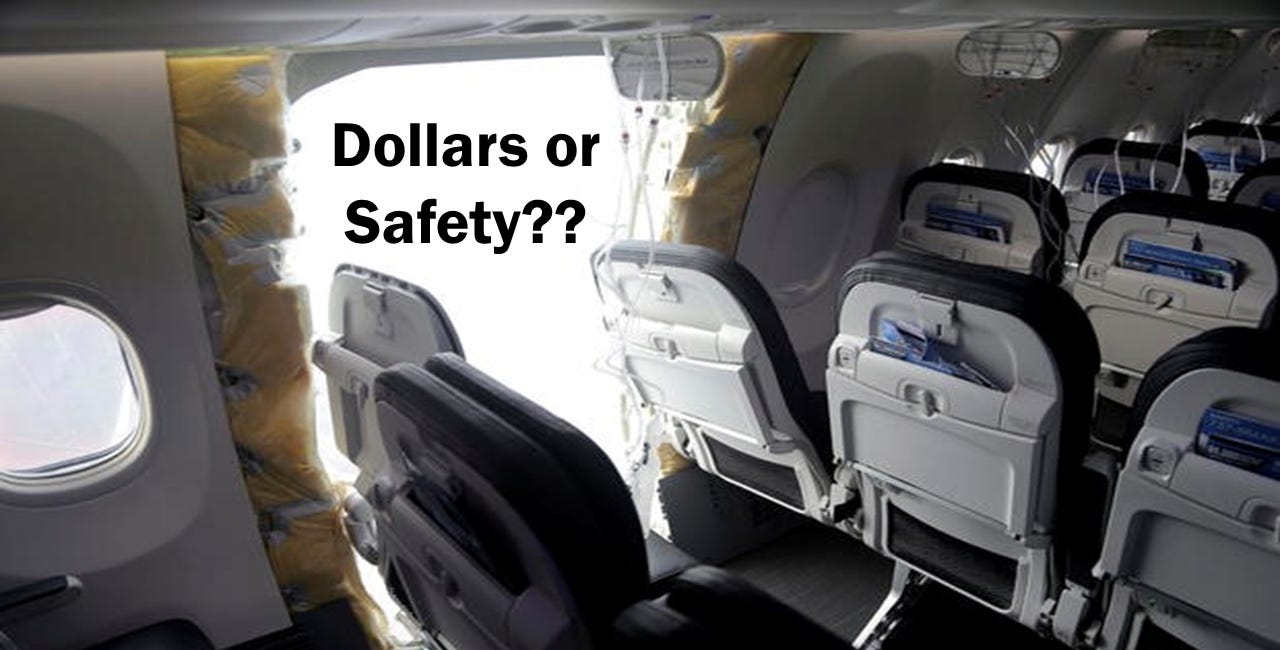

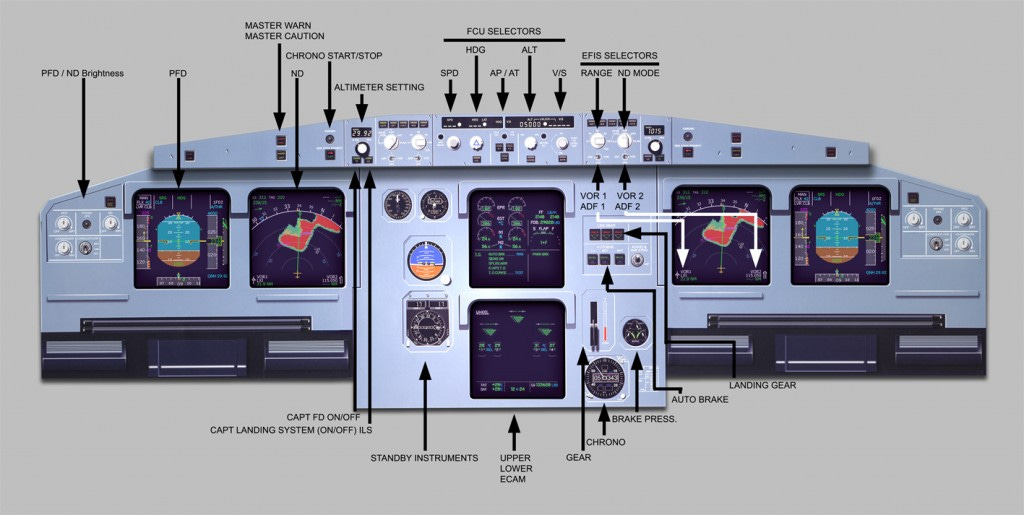

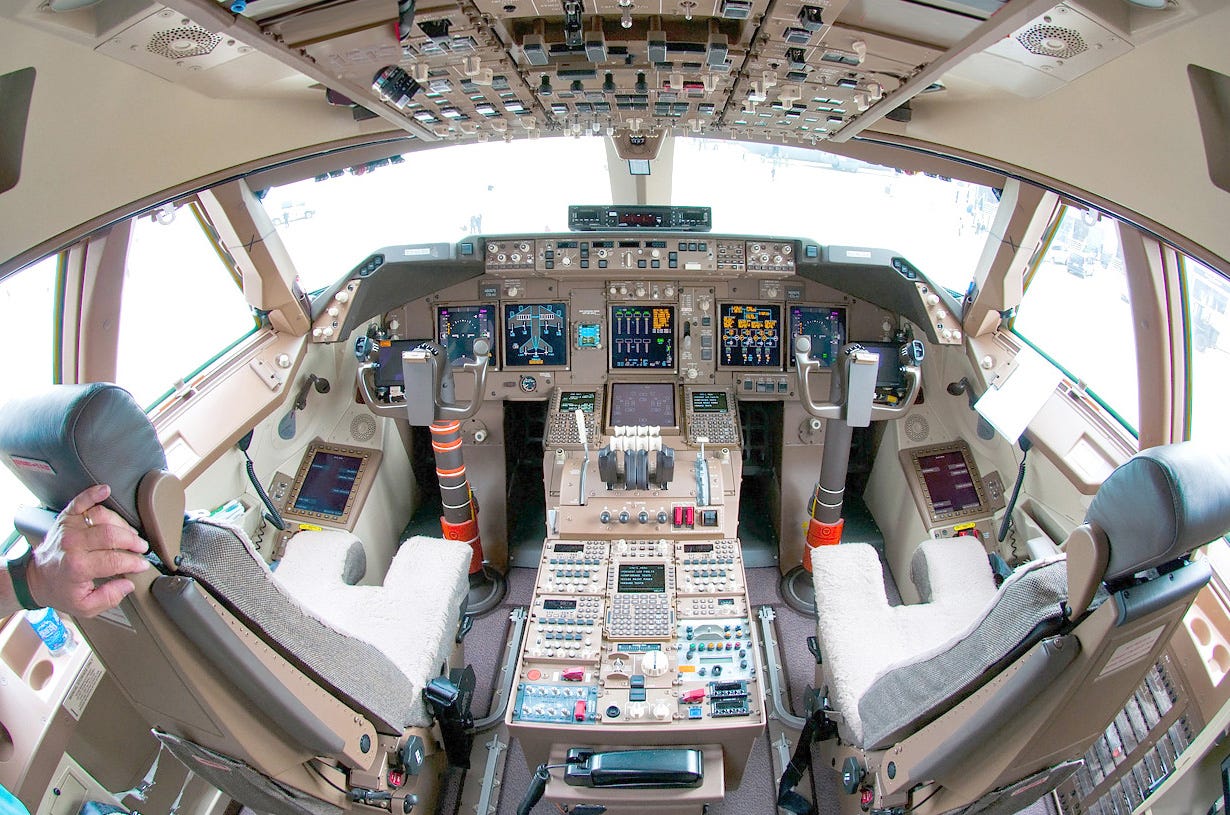
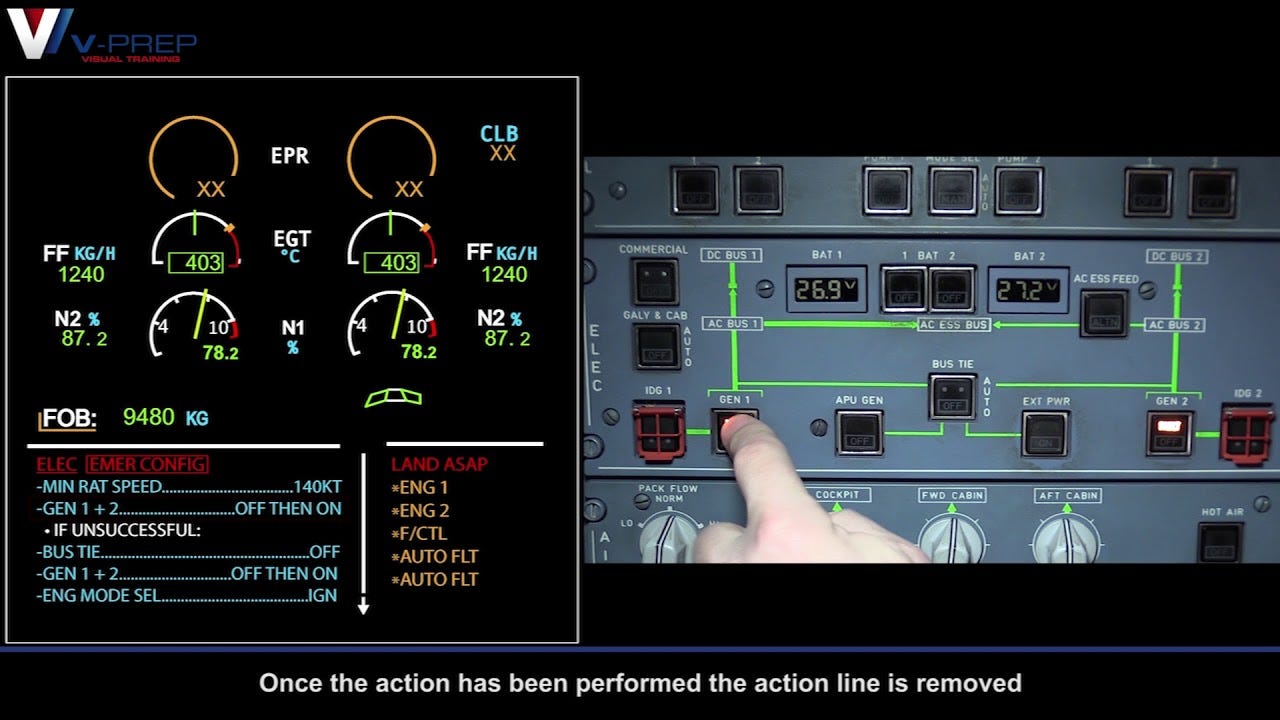
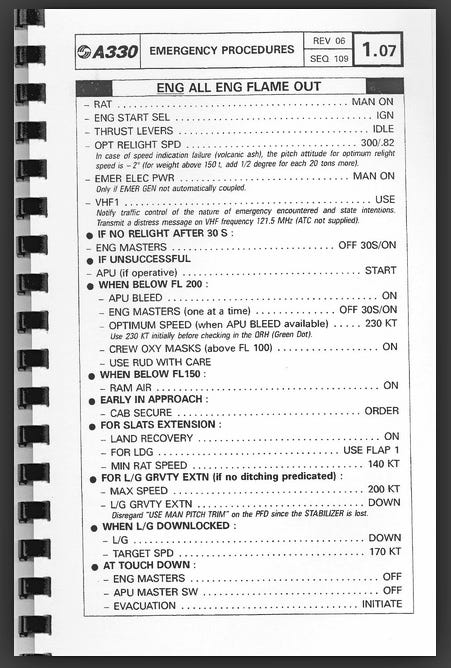
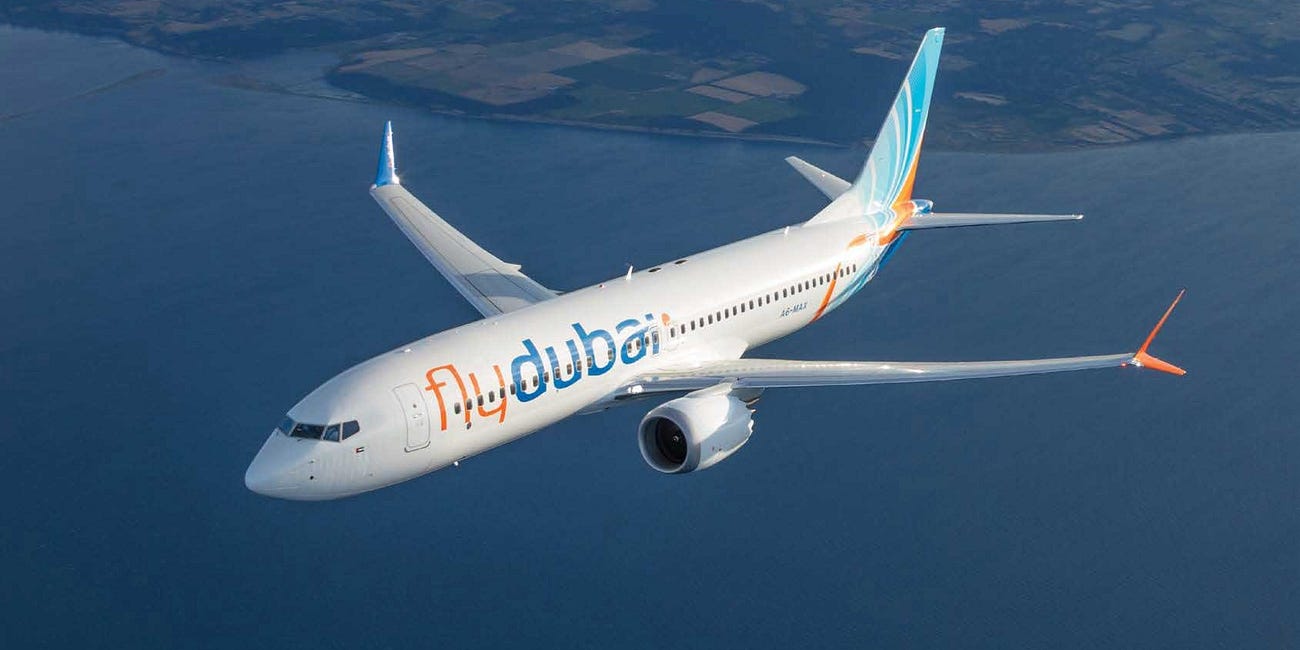


Well I don't fly much because I don't have a designation.. I think flying is safe .. the few times I have flown was boring except for the view! The clouds are amazing and the land look so small .